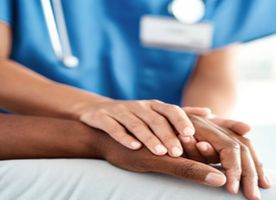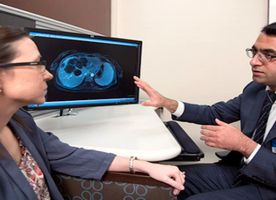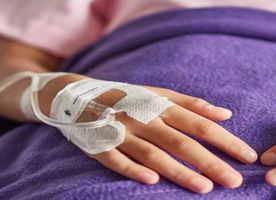Our partner clinics in are accredited by the following associations

ACCD - The Academy of CAD/CAM Dentistry

AAED - American Academy of Esthetic Dentistry

ACS - American College of Surgeons

AMA - American Medical Association

AAAM - American Academy of Aesthetic Medicine

ASLMS - American Society for Laser Medicine and Surgery

A4M - American Academy of Anti-Aging Medicine

AACS - American Academy of Cosmetic Surgery

AAD - American Academy of Dermatology

AAFPRS - American Academy of Facial Plastic and Reconstructive Surgery

ASCBS - American Society of Cosmetic Breast Surgery

AAOS - American Academy of Orthopeadic Surgeons

ACOG - American Congress of Obstetricians and Gynecologists

ASAS - American Society for Aesthetic Surgery

ASMBS - American Society for Metabolic & Bariatric Surgery

SPSSCS - Society of Plastic Surgical Skin Care Specialists

ACP - American College of Physicians

BLS - Board of Laser Safety

SAGES - Society of American Gastrointestinal and Endoscopic Surgeons

ASPS - American Society of Plastic Surgeons

ECFMG - Educational Commission for Foreign Medical Graduates

The Joint Commission Accreditation Program

AGD - Academy of General Dentistry

ASCRS - American Society of Cataract and Refractive Surgery

AAO - American Academy of Otolaryngology-Head and Neck Surgery

AANS - American Association of Neurological Surgeons

AAO - American Academy of Ophthalmology

AACD - American Academy of Cosmetic Dentistry

HMAA - Harvard Medical Alumni Association

ASRM - American Society for Reproductive Medicine

AFA - American Fertility Association

AAAASF - American Association for Accreditation of Ambulatory Surgery Facilities

ACP - American College of Prosthodontists

AAID - American Academy of Implant Dentistry

AES - American Endodontic Society

ADIA - American Dental Implant Association

AO - Academy of Osseointegration

AAOMS - American Association of Oral and Maxillofacial Surgeons

AAO - American Association of Orthodontists

AAP - American Academy of Periodontology

ABHRS - American Board of Hair Restoration Surgery

ABLS - American Board of Laser Surgery

AAOCG - American Academy of Cosmetic Gynecologists

CCEP - Certified Chiropractic Extremity Practitioner

ACPCA - American Cleft Palate-Craniofacial Association

AAFPRS - American Academy of Facial Plastic and Reconstructive Surgery

AAPS - American Association of Plastic Surgeons

ACP - American College of Phlebology

AARAM - American Academy of Restorative and Aesthetic Medicine

ABD - American Board of Dermatology

SPCP - Society of Permanent Cosmetic Professionals

WDS - Women's Dermatologic Society

ACMS - American College of Mohs Surgery

APTA - American Physical Therapy Association

ARDMS - American Registry for Diagnostic Medical Sonography

COVD - College of Optometrists in Vision Development

ASCRS - American Society of Colon and Rectal Surgeons

ADSA - American Dental Society of Anesthesiology

AACP - American Academy of Cranio-Facial Pain

ASMS - American Society of Maxillofacial Surgeons

APA - American Psychological Association

APS - American Prosthodontic Society

AAE - American Association of Endodontists

CDA - California Dental Association

ABO - American Board of Orthodontics

AAFP - American Academy of Fixed Prosthodontics

AAPD - American Academy of Pediatric Dentistry

AHLA - American Hair Loss Association

The Upledger Institute

ISO 9001 : 2015




